|
|
|
|
Species Photo Gallery for Scaphoideus intricatus No Common Name 13 |
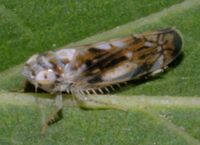 | Photo by: Scott Bolick
Randolph Co.
Comment: | 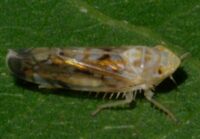 | Photo by: Scott Bolick
Forsyth Co.
Comment: |
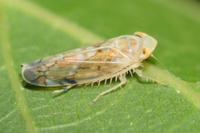 | Photo by: Scott Bolick
Forsyth Co.
Comment: |  | Photo by: Scott Bolick
Forsyth Co.
Comment: |
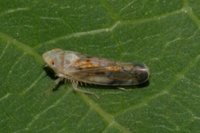 | Photo by: Scott Bolick
Forsyth Co.
Comment: | 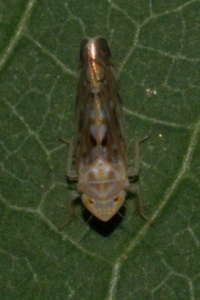 | Photo by: Scott Bolick
Forsyth Co.
Comment: |
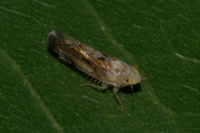 | Photo by: Scott Bolick
Forsyth Co.
Comment: | 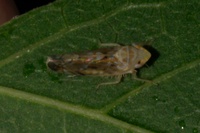 | Photo by: Scott Bolick
Forsyth Co.
Comment: |
 | Photo by: Scott Bolick
Davie Co.
Comment: | 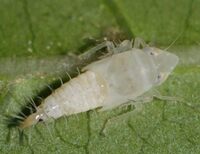 | Photo by: Scott Bolick
Davie Co.
Comment: |
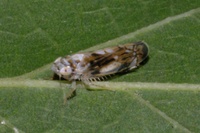 | Photo by: Scott Bolick
Randolph Co.
Comment: |  | Photo by: Scott Bolick
Randolph Co.
Comment: |
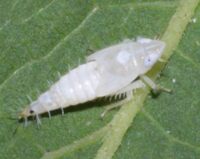 | Photo by: Scott Bolick
Randolph Co.
Comment: |

 »
»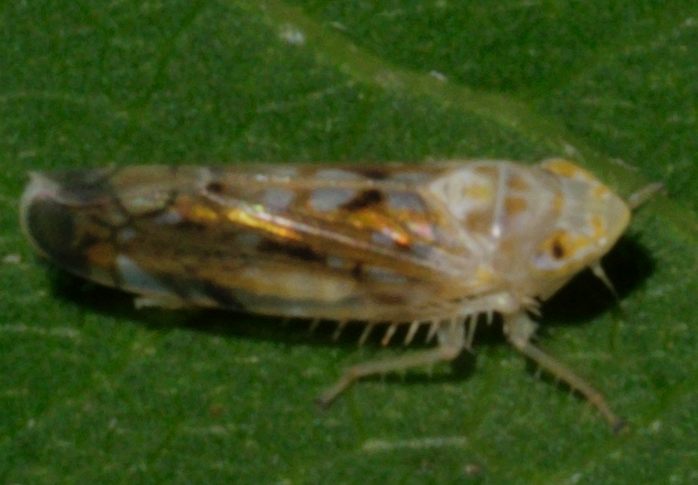
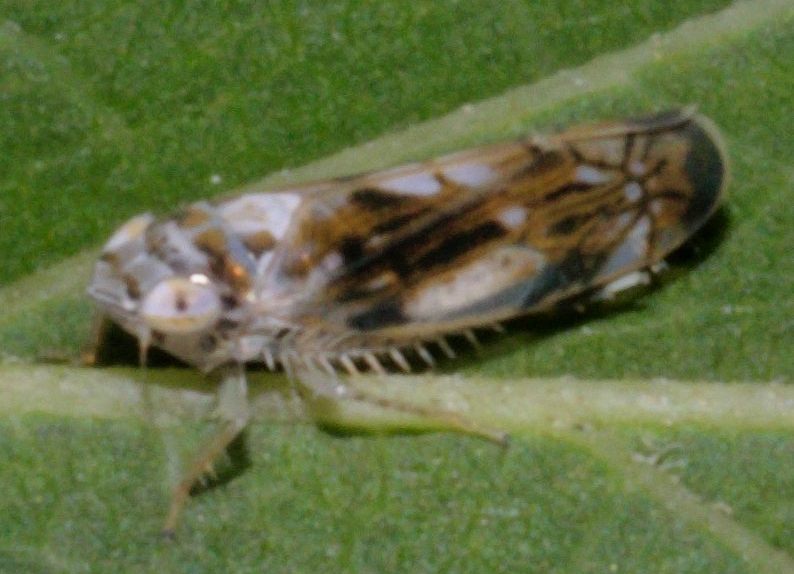


 »
»

